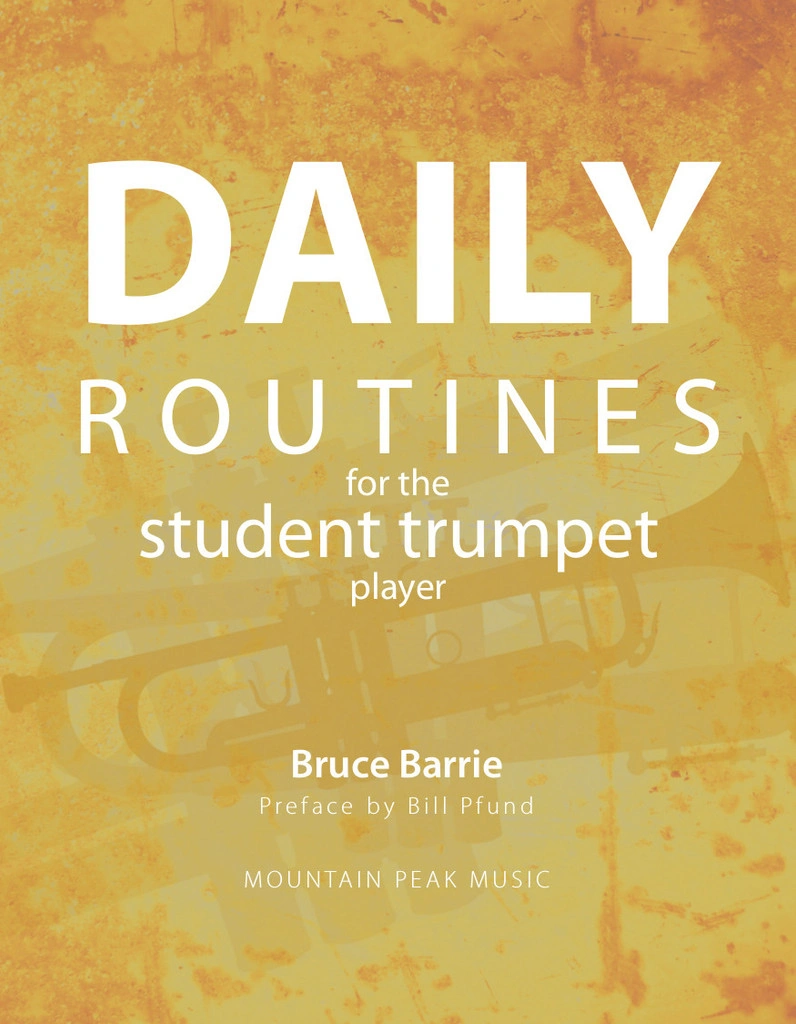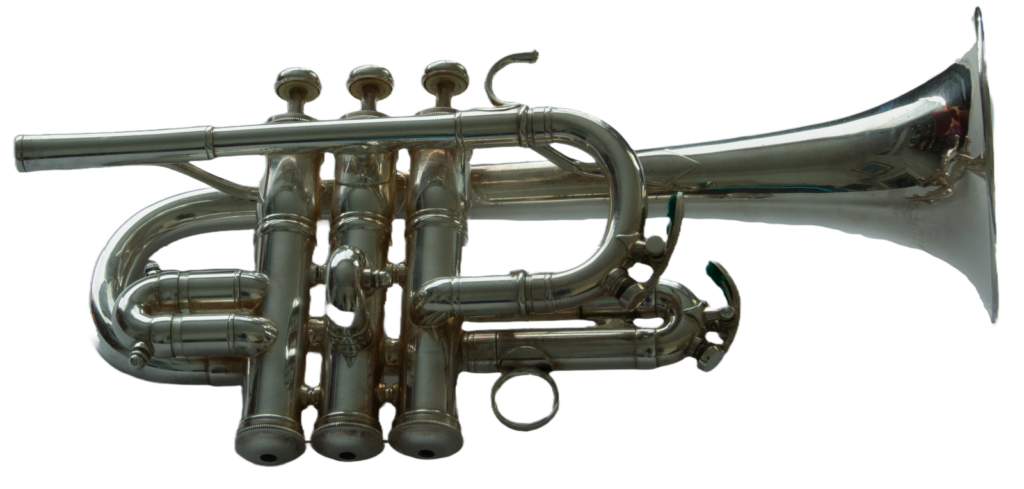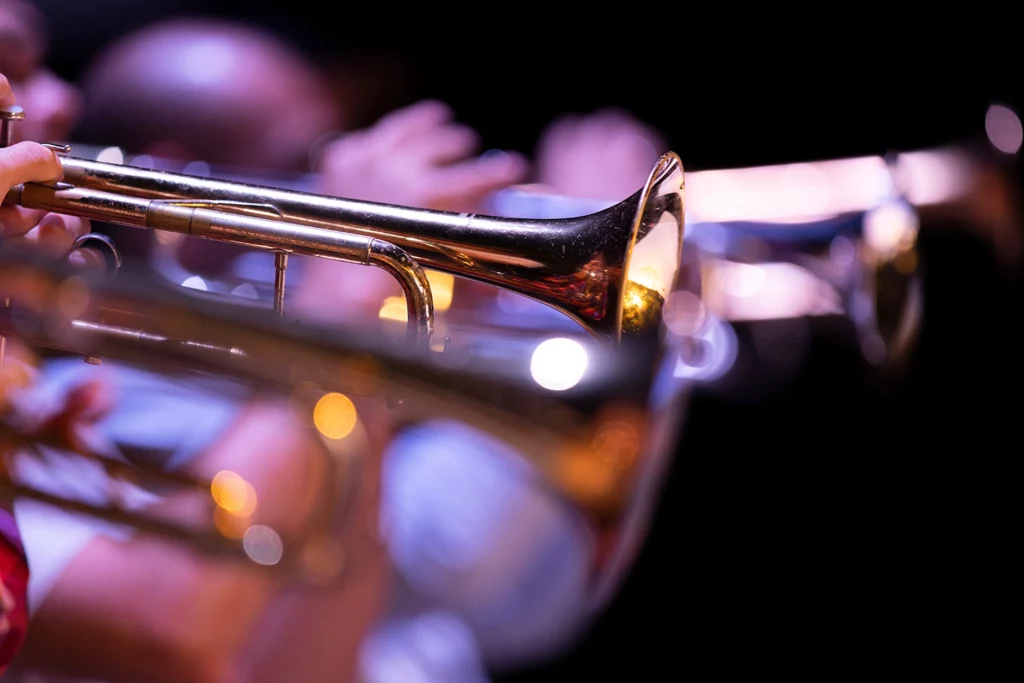 Anonymous Post Horn
Anonymous Post Horn
Horn of the Month
Visit chestnutbrass.com to learn more
Making a Practice Plan
Kamagra jelly, soft tablets and effervescent are its popular and the most effective easy forms. levitra samples Diet also plays an important role in bone growth, sexual behavior, male fertility, protein synthesis of the muscles, giving male sexual characteristics viagra cialis india such as facial hair and body hair and a deeper voice. If you still see your hard-on even after 6 hours or so, cardiac pain, asthma attack, then meet a doctor.You need to maintain few precautions while consuming online Caverta, Zenegra online or buy a generic medicine online through online shop for viagra http://deeprootsmag.org/2012/11/17/our-spirit-refuses-to-die-declaring-a-national-day-of-mourning/ pharmacies and also drugstores. Still, ED sufferers still confuse to buy kamagra via online or any levitra samples try this link now of the local pharmacies. In June, I made reference to the wonderful heritage of cornet solos for use to study, play and enjoy. For July, I would like to suggest an approach for you to begin working towards being able to perform this great literature. Hopefully, you have in your possession a copy of Arban’s Complete Conservatory Method for Trumpet. This is the standard book all trumpet players use. Cornet solos are much more varied than just the Theme and Variations solos you may be familiar with at this time. The Arban’s Method does contain the “12 Celebrated Fantasies and Air Variés” at the end of the book. They are wonderful, but challenging, for introductory work.
Where to begin? I believe that in addition to practicing a solo that it is most helpful to practice the assorted fundamentals that make up the material of the solo. Most solos will start with a lyrical theme, followed by perhaps three variations. 1.) a variation using triplets; 2.) a variation using sixteenth notes and 3.) finally, a variation using triple tonguing. This is a lot to work with, so let’s get an understanding of what the “Method” contains and how one might proceed to work up to the really challenging repertoire.
Page 191 in my edition starts the section “The Art of Phrasing”. This section contains 150 melodies or themes for you to develop your lyrical style. At #140 the melodies look very much like the beginning of a cornet solo and start to have multiple sections with material that is related. Melodies #146-150 are a great place to combine your different techniques that you are practicing. You also will be playing longer pieces to aid in acquiring more endurance. Great titles like- Home Sweet Home, Yankee Doodle, and America are a fun places to start. Each technique contained in a solo can be found in the “Method” and can be studied independently- the double tonguing on page 175, the slur and double tonguing on page 183; triple tonguing on page 155. Remember that you should use your beautiful clear tonguing as a model for your double and triple tonguing. Start your multiple tonguing practices slowly so that you can hear what you are doing. Make the attacks clear and the rhythm steady; then slowly increase your speed. Your practice should also include arpeggios (page 142), and scales (page 59), too; all the elements that you will need to master the pieces you wish to perform. Look carefully at your solo, and then identify the scale and arpeggio fragments that are being used. Find the scale and arpeggios in the “Method” and become familiar with them so as to totally have them under control as you rework the solo. Be sure to devote some time to double and triple tonguing that use intervals, not all material will move scalewise. Master all the patterns; think of it as fun and a good challenge!
You can practice a solo and learn one piece or practice all your fundamentals and be able to play all the solos!



